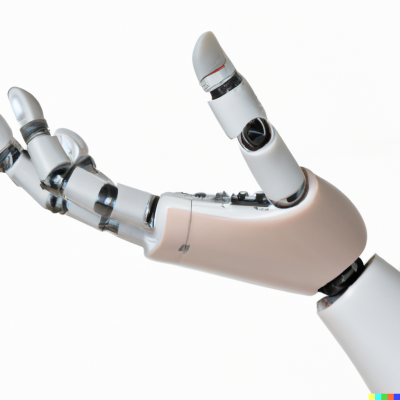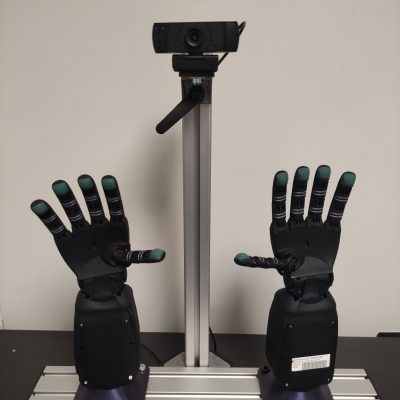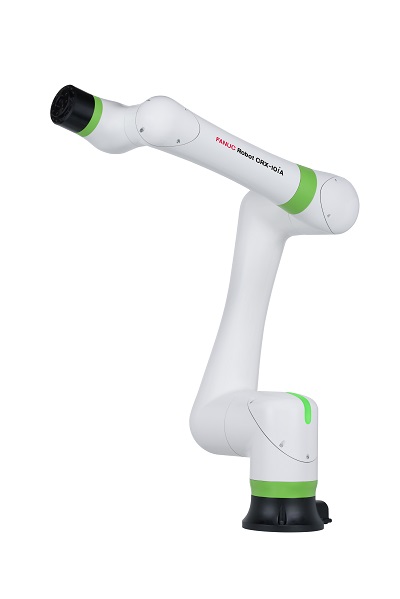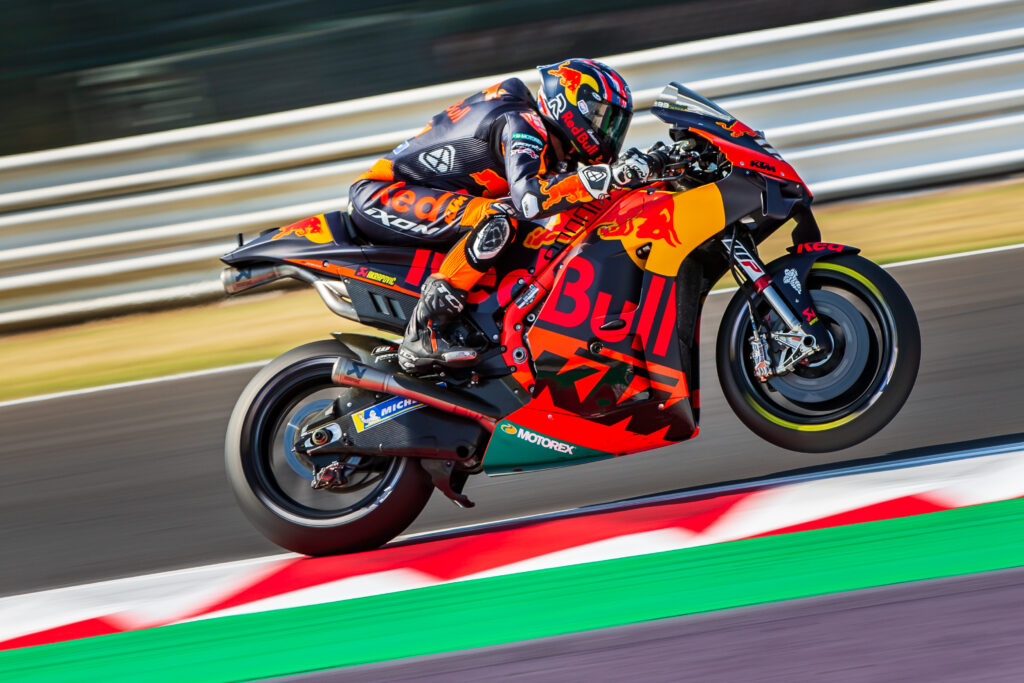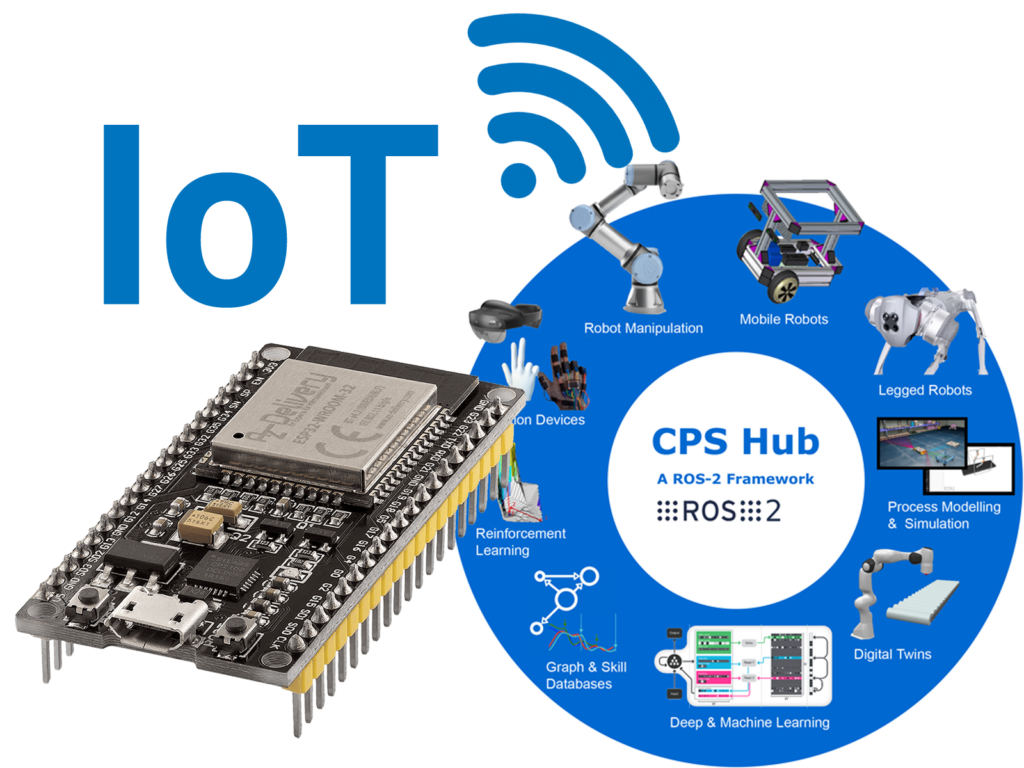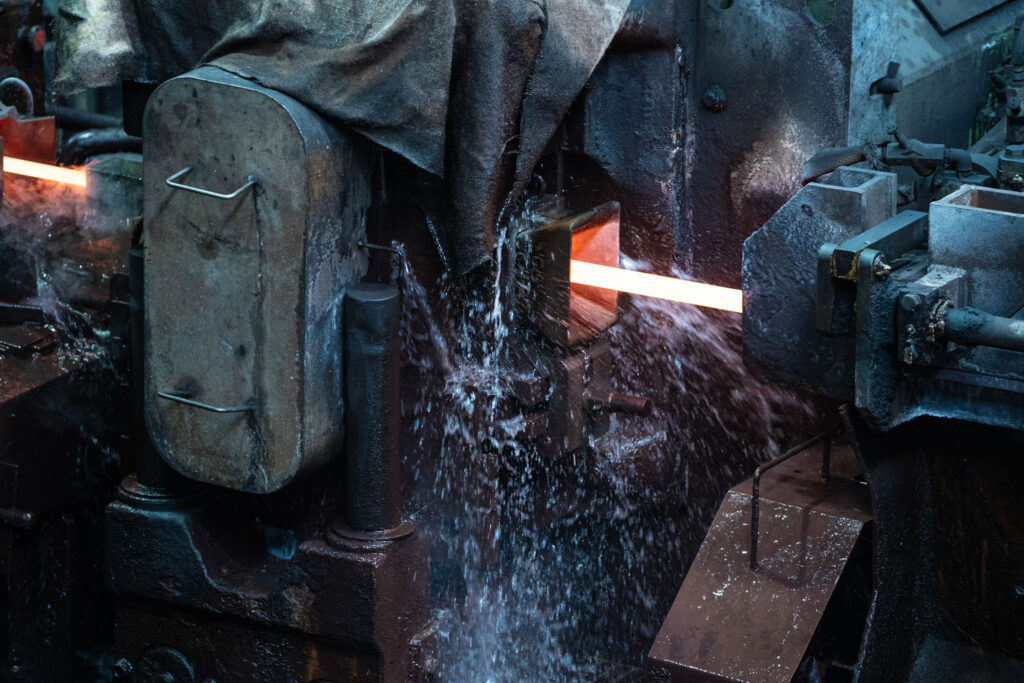M.Sc. Thesis – Klemens Lechner – Deep Neural Energy Price Forecasting for the Hydrogen Industry
Supervisor: Vedant Dave, M.Sc.;
Univ.-Prof. Dr Elmar Rückert
Start date: 15th August 2023
Theoretical difficulty: Mid
Practical difficulty: High
Abstract
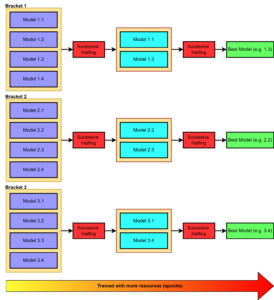
The aim of this Thesis is to predict the electricity price for the Hydrogen plants from open-sourced Energy data provided by the European Network of Transmission System Operators (ENTSO-E) [1]. We explore multiple machine learning techniques to achieve this aim. At the end, a standalone GUI is provided, that can be used in the industry with ease. This work was done in collaboration HyCenta Research GmbH.
Further, this thesis seeks to address the following research questions:
- How do different determinants such as the electricity mix (the proportion of energy from various generation sources), in-house generation, and gas prices, influence the cost of electricity?
- Which machine learning approaches/algorithms are most suitable for accurately predicting future electricity price trends, particularly in Austria or other European countries?
- To what extent does the sensitivity of our model to inputs, like solar and wind energy, affect its overall accuracy and reliability in predicting electricity prices?
Thesis
Deep Neural Energy Price Forecasting for the Hydrogen Industry
Tentative Work Plan
To achieve the objectives, the following concrete tasks will be focused on:
- Literature review
- Evaluation of SOTA methods
- Designing network and hyperparameter tuning
- Evaluation on unseen country’s data
- Development of Standalone GUI
Related Work
[1] Hirth, Lion & Mühlenpfordt, Jonathan & Bulkeley, Marisa, 2018. “The ENTSO-E Transparency Platform – A review of Europe’s most ambitious electricity data platform,” Applied Energy, Elsevier, vol. 225(C), pages 1054-1067.
